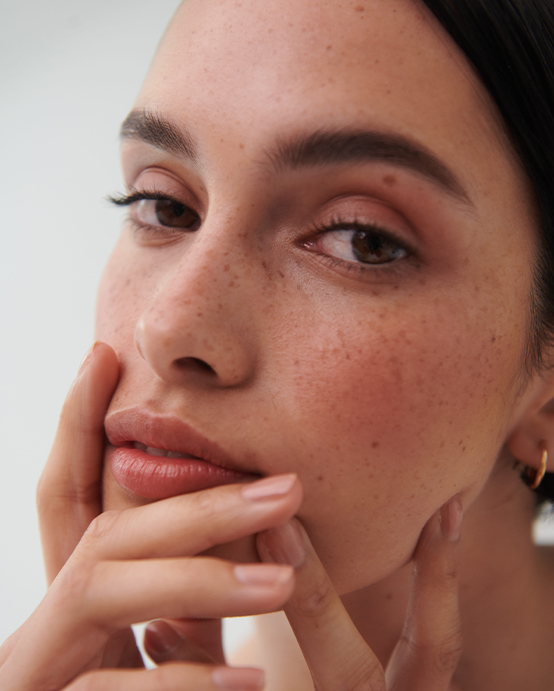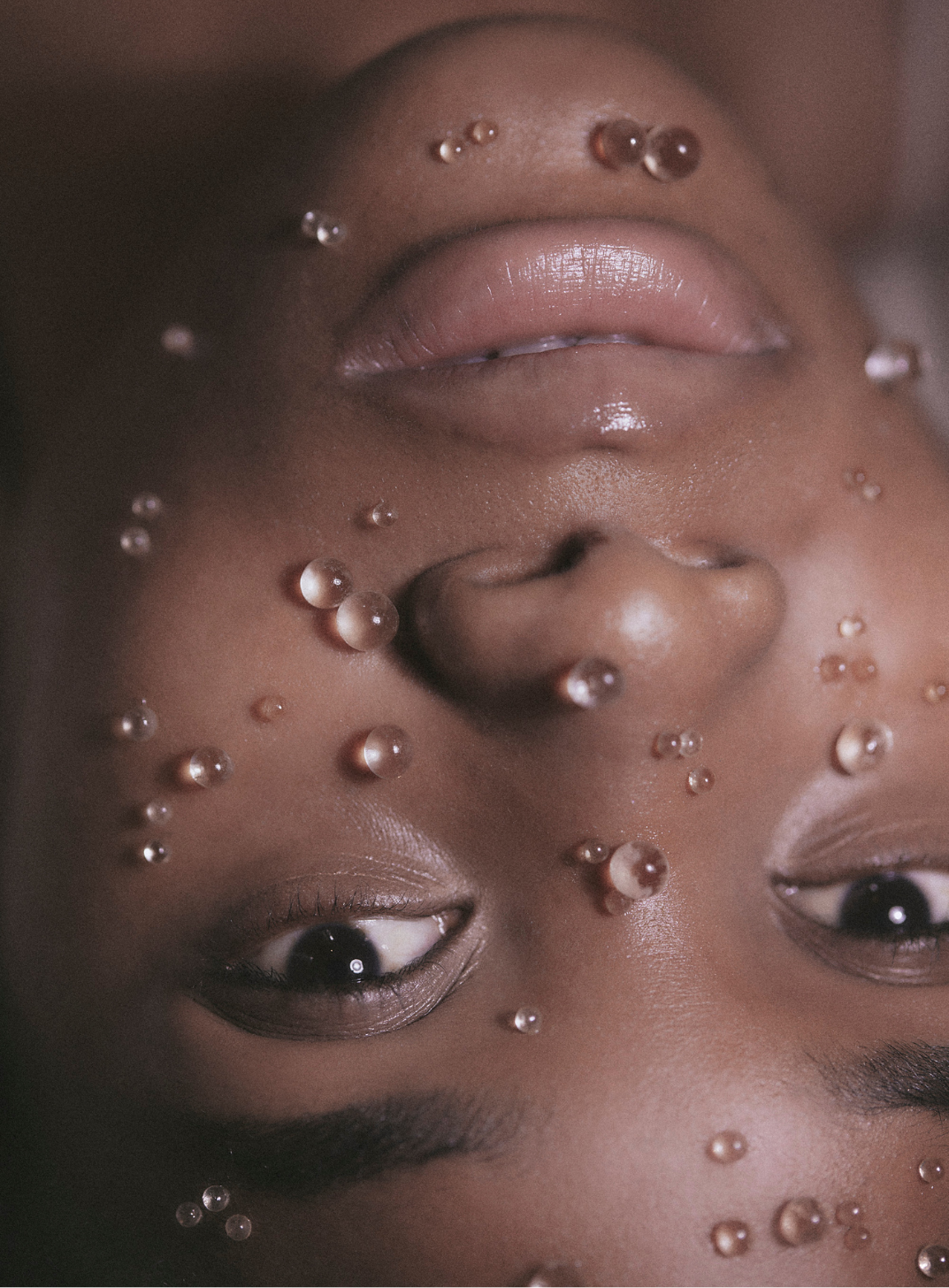How To Care For Freckled Skin
Fun, flirty and… freckled!
Let us ask you this: do you have a love-hate relationship with the sun? For anyone with freckled skin, the answer is almost always a resounding yes. For a good portion of the population, summertime means long days at the beach, outdoor Aperol spritz in the sun and, frankly, minimal clothing. But for those of us who have freckled skin, summer brings with it an added layer of consideration. We’re always prepared when we step out into the sun: SPF 50+, a hat and sunglasses always in tow.
Rather than fighting your freckles, it’s time to embrace and care for them. Here, we speak to Lisa Rush, founder of Lisa Rush Skin Clinic, to discover the best ways to care for freckled skin.
KNOW THE DIFFERENCE
Have you ever known someone for years (and years!) without realising that they covered up their freckles every day? Makes you wonder whether you really know them at all! However, it’s a common story; some people actually inherit the freckled skin from their parents. But in 2020, we’re all about embracing what we’ve got – freckles included.
Do you find that your freckles come out in the sun? Turns out, they may not be freckles at all…
“Freckles known as Ephelides are small brown marks that appear on the skin,” says Rush. “These ‘true’ freckles are an inherited trait which usually develops in early childhood due to a variation of the MC1R gene.” This gene is most commonly found in people with red hair or with paler skin tones who are prone to burning. Which, isn’t super surprising.
Lentigines, on the other hand, are “freckles or brown spots that develop as you get older due to UV stimulation” and are the ones you should certainly keep an eye on. These freckles are most commonly found on the hands and face and tend to be most prevalent in the older population due to the lack of education around sun damage when they were younger.
SINISTER SIDE EFFECTS
No matter how many times you reapply sunscreen or stick to the shade, if you’re prone to freckling, the darkening of spots or the appearance of new spots is pretty unavoidable. However, you need to remain vigilant.
“What we know is that freckled skin, which worsens due to sun damage, may also be associated with dryness as UV exposure can not only stimulate pigment activity but can also deplete the skin of natural hyaluronic acid, collagen and elastin,” says Rush.
Those with freckles have an increased risk of melanoma skin cancer (there has been over 16,000 diagnoses in Australia in 2020 alone). Always monitor your skin for a change in size, colour or feeling of any freckles, moles or skin marks. If you notice anything different, get your skin checked today (or better yet, yesterday!).
For a full guide to checking for changes in your skin, click here.
TAKE CARE
“The bottom line is: protect, protect, protect,” says Rush. How? We’ve got you covered.
- Sunscreen: “Choose a UVA/UVB 50+ sunscreen that you can reapply and wear daily.” Our favourites are the Ultra Violette Supreme Screen 50+ Hydrating Facial Sunscreen ($45) and the La Roche Posay Anthelios Invisible Fluid SPF 50+ ($29.95).
- Niacinamide: “This ingredient is a pigment inhibitor which helps to reduce the formation of pigment in the first place. You can use niacinamide in conjunction with your antioxidants and it may also prepare your skin for in-clinic treatments.” Alpha-H’s Vitamin B Serum with Niacinamide and Ferulic Acid ($69.95) is a great option here. Otherwise, we also love The Ordinary’s Niacinamide 10% and Zinc 1% ($9.90).
- Vitamin C: “This ingredient is great as not only can it help to target pigment improvement and increase photoprotection but it can also stimulate collagen and elastin and fight free radicals.” We can’t go past the iconic SkinCeuticals C E Ferulic Serum ($218) as well as the Ole Henriksen Banana Bright Vitamin C Serum ($96).
But our most important tip? Embrace them. Your freckles are what makes you unique, so show them off with pride!
















Comments